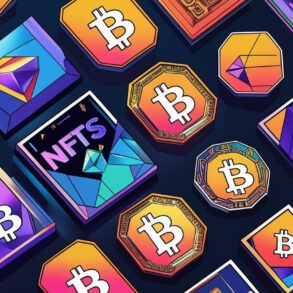“It was a mania,” said Noah Davis. “But manias are fun.”
Mr. Davis, the former head of digital art at Christie’s in Manhattan, was recalling one of the wildest crazes ever.
In his role, he helped facilitate the sale in 2021 of a work by Mike Winkelmann, better known as Beeple. Titled “Everydays: The First 5000 Days,” the piece was a collage that was sold as a unique digital file, or “nonfungible token.”
An anonymous bidder bought it for $69.3 million. And paid for it in Ether.
Before the record-setting sale, Mr. Davis, 35, did not own a laptop, was not on social media, and did not know that the abbreviation ETH stood for a type of cryptocurrency. After the auction, he was fully on board.
“I became totally immersed in the space,” he said.
A lot of people, many of them young and male, got caught up in buying and selling apes from Bored Ape Yacht Club or Pudgy Penguins, to name two popular NFT collections featuring cartoonlike, computer-generated artworks. The digital collectibles, which traded for tens of thousands and in some cases millions of dollars through online marketplaces like OpenSea, were heralded as the future of art and a new form of community.
Collectors spent $230 million on NFTs of NBA video highlights; one person bid $560,000 to win an NFT of a New York Times reporter’s column about NFTs. The owners of a Bored Ape NFT used the image as their online avatars, as if to signal their membership in an exclusive club. They received perks like tickets to ApeFest, an exclusive party in New York where entertainers like Chris Rock and the Strokes performed.

This post was originally published on this site be sure to check out more of their content







